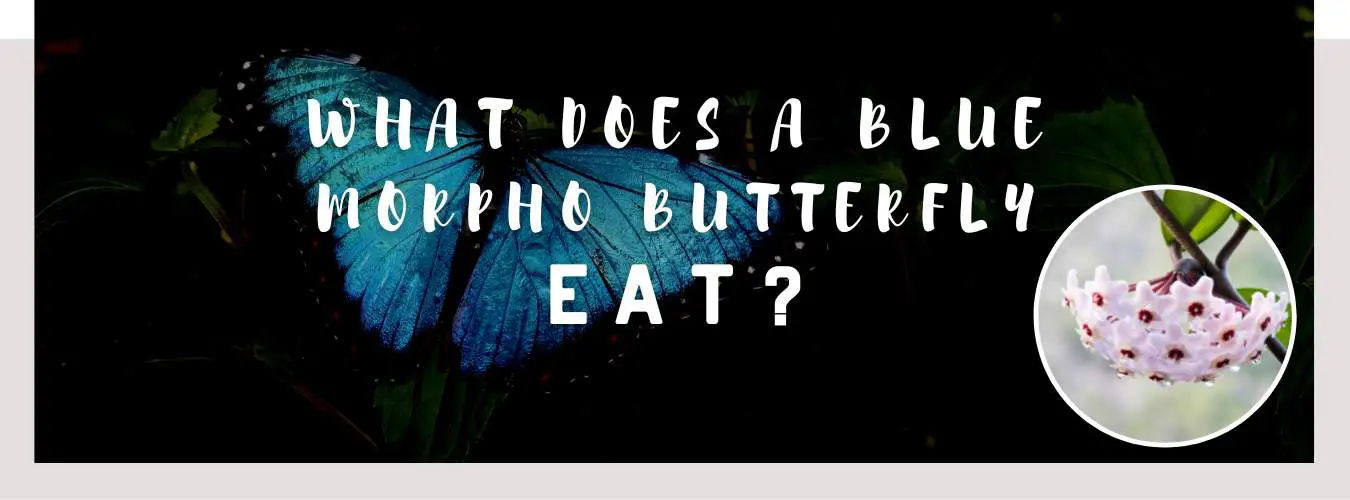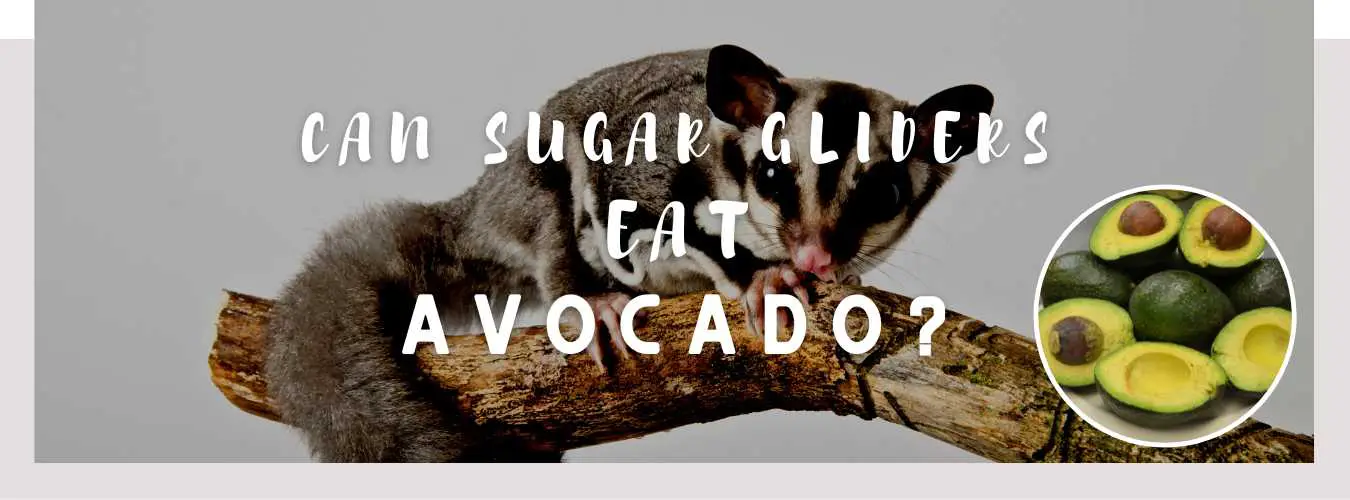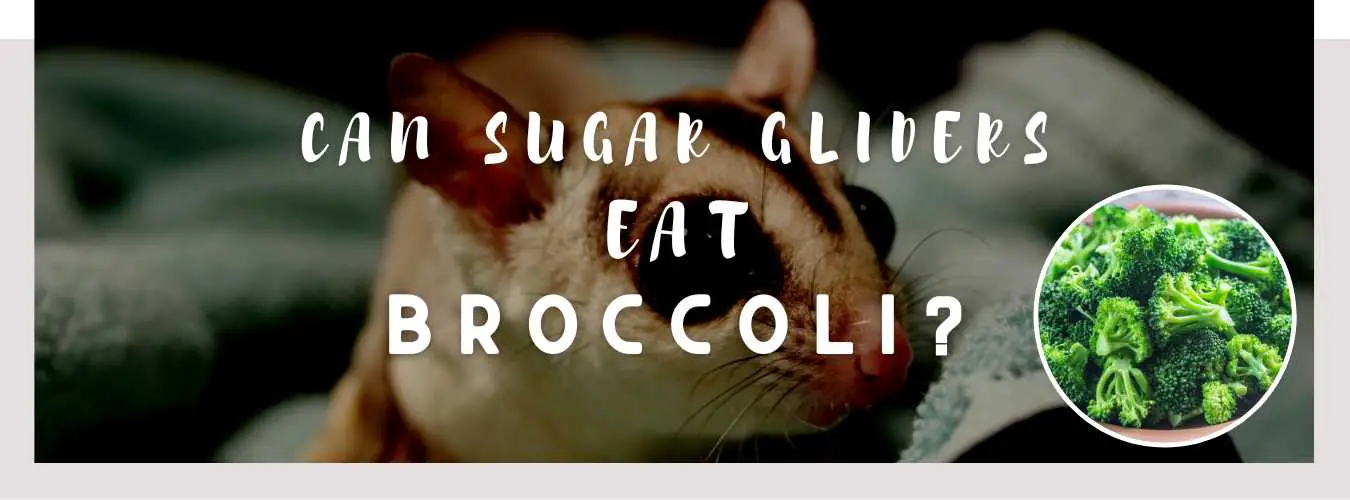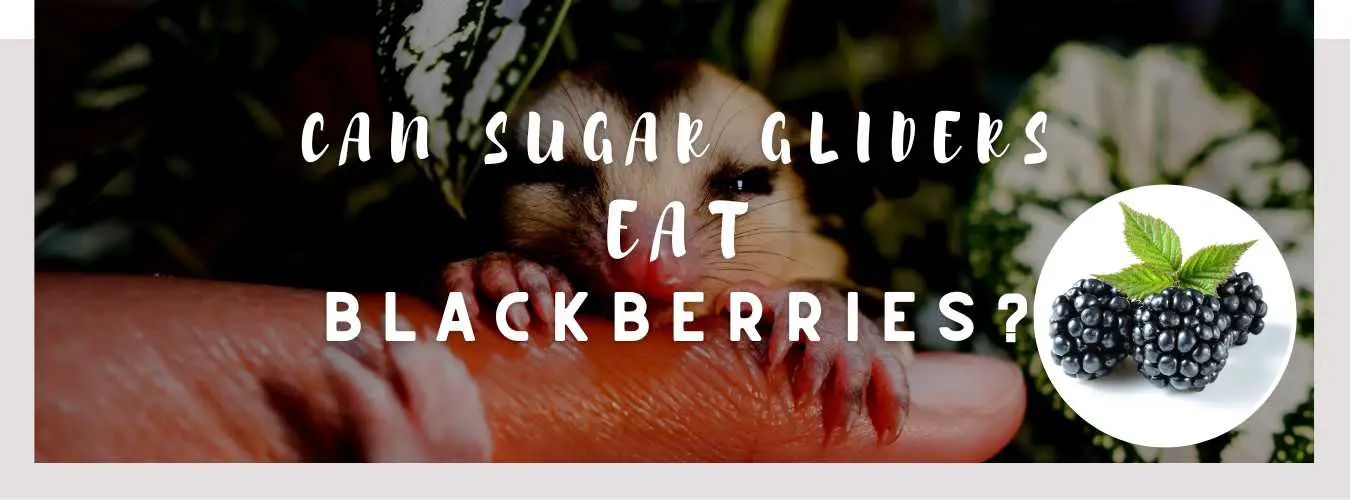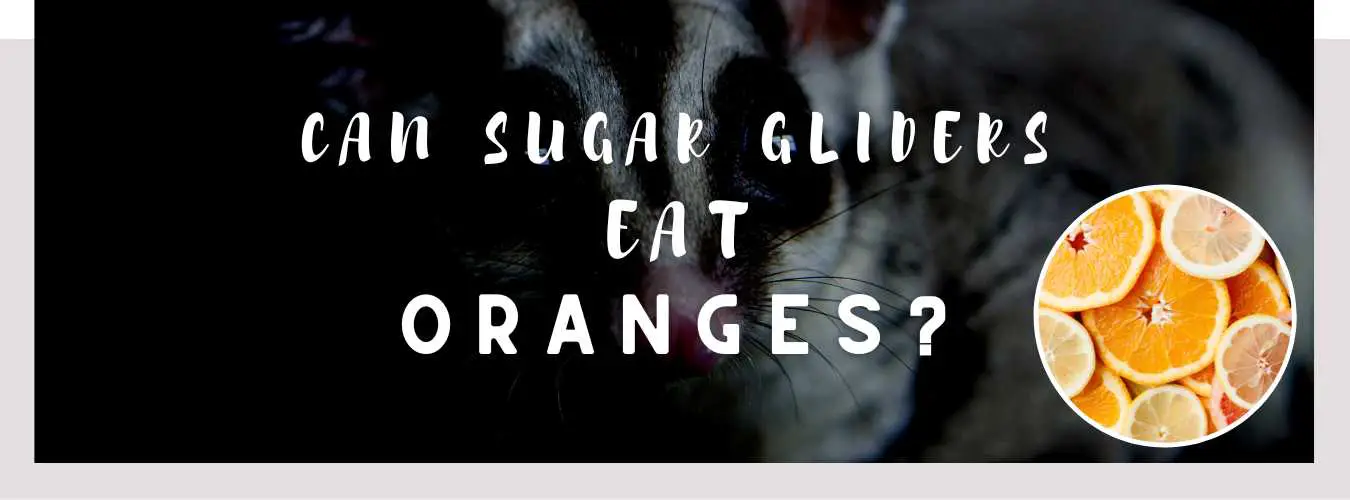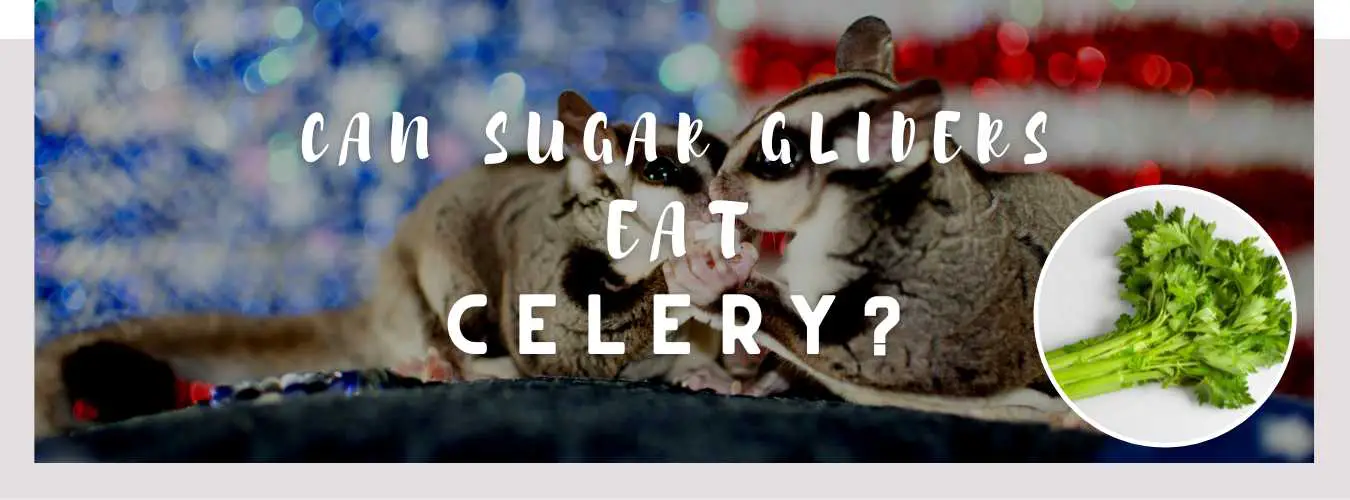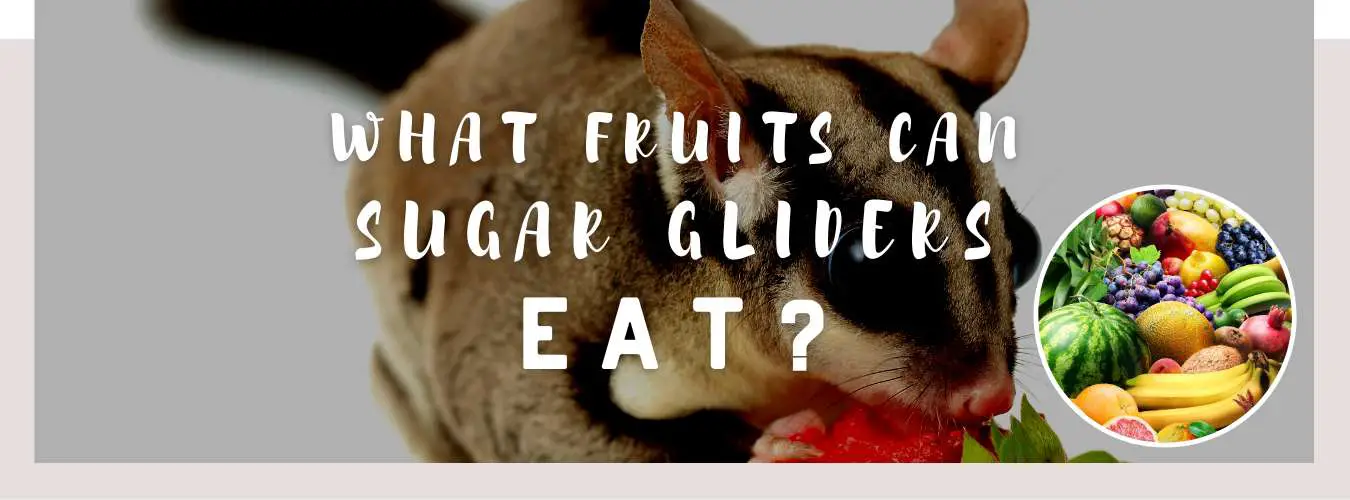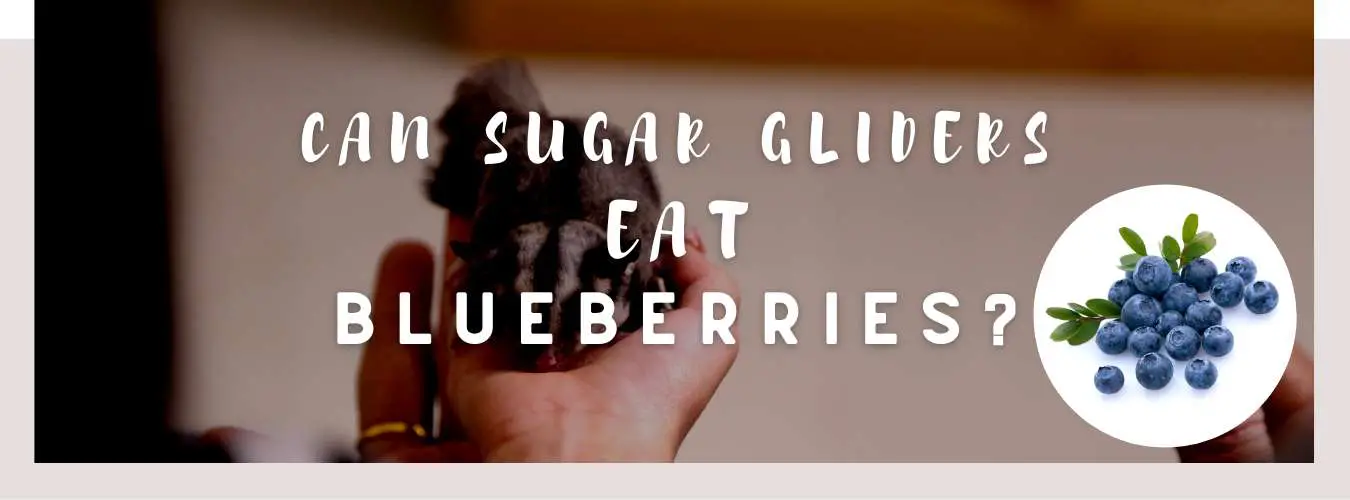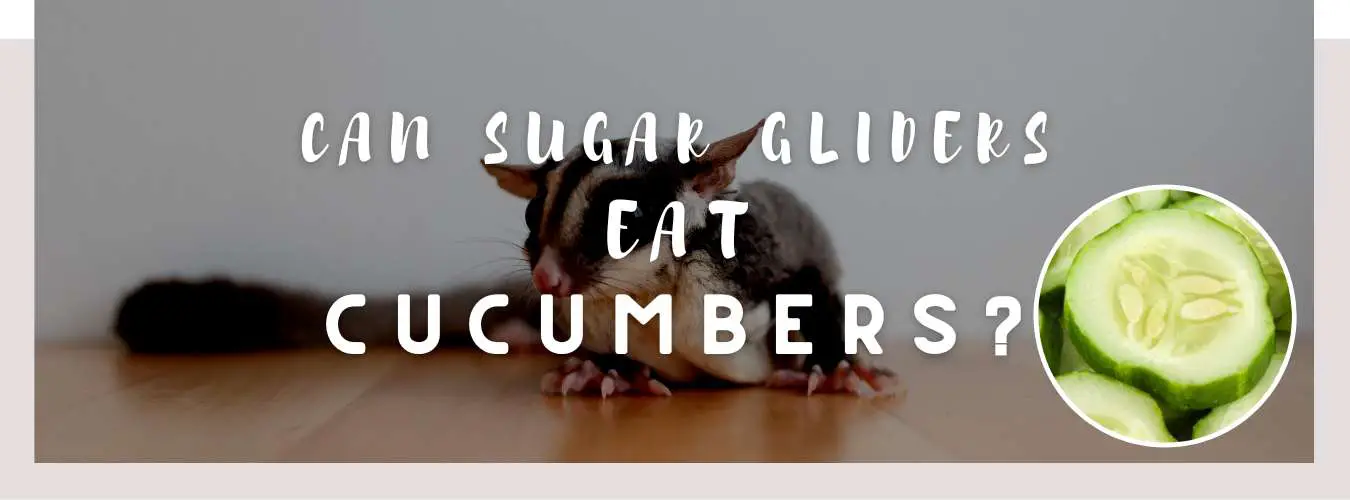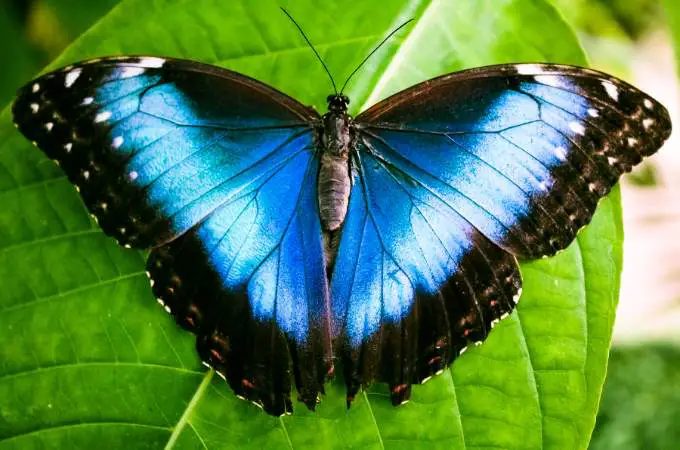
Blue Morpho Butterflies, like most butterflies, feed on nectar from flowers. They are known to feed on a variety of flowering plants, including heliconias and passionflowers. In addition to nectar, Blue Morpho Butterflies may also feed on tree sap, fruit juice, and occasionally other insects. They have a long, coiled proboscis (a straw-like tube) that they use to sip nectar from flowers.
How often do Blue Morpho Butterflies eat?
Blue Morpho Butterflies eat regularly, but the frequency with which they feed can vary depending on a number of factors, including the species of butterfly, the availability of food, and the temperature. In general, butterflies feed more frequently when it is warm and when there is a plentiful supply of nectar-rich flowers. They may feed several times a day when conditions are favorable, but they may go for longer periods without feeding when the weather is cooler or when there is a scarcity of food.
You might also like: What Do Monarch Butterflies Eat?
Does a blue morpho butterfly drink water?
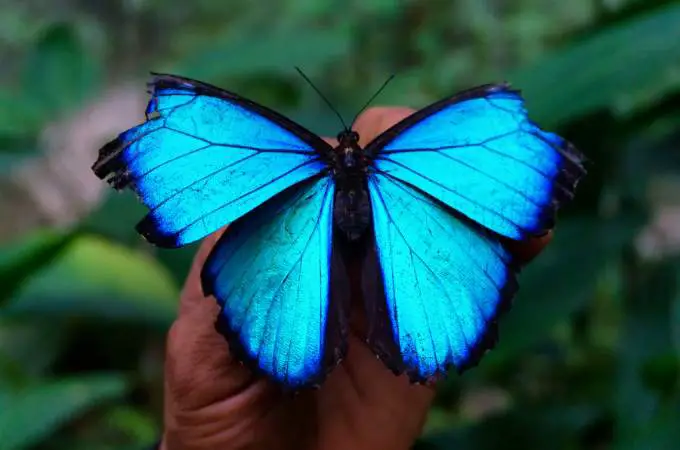
Yes, like most butterflies, Blue Morpho Butterflies need to drink water in order to survive. They obtain water from a variety of sources, including puddles, streams, and damp soil. In addition to drinking water, butterflies also get moisture from the nectar they feed on, as well as from dew and other sources of water in their environment.
What climate do Blue Morpho Butterflies live in?
Blue Morpho Butterflies are found in the tropical forests of Central and South America. They are most commonly found in areas with a warm, humid climate and an abundance of flowering plants. Blue Morpho Butterflies are active during the day and are often seen flying near the tops of trees or in open areas where they can bask in the sunlight. They are not adapted to cold weather and are unable to survive in temperate or colder climates.
You might also like: What Do Leopard Geckos Eat?
Can you keep the blue morpho butterfly as a pet?
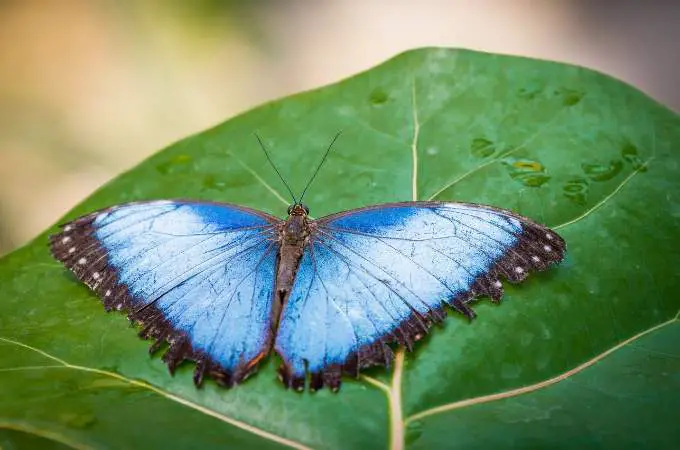
It is not recommended to keep Blue Morpho Butterflies as pets. Butterflies are delicate creatures that require specific conditions in order to thrive, and it can be difficult to provide these conditions in a domestic setting. In addition, keeping wild animals as pets is generally discouraged, as it can harm the animals and interfere with their natural behavior. If you are interested in learning more about Blue Morpho Butterflies, it is best to observe them in their natural habitat or visit a butterfly exhibit at a zoo or nature center.
What is the life cycle of the blue morpho butterfly?
The life cycle of the blue morpho butterfly, like all butterflies, is comprised of four phases: the egg (caterpillar), larva (caterpillar) and pupa (chrysalis), and finally, the adult. The cycle begins when an adult butterfly lay eggs in host plant leaves which are the plants that are preferred for larvae to consume.
After hatching, the eggs are released after a couple of days, then those caterpillars (caterpillars) begin feeding upon the leafy parts of host plants. In the following weeks, the caterpillars pass through various stages of growth and shed their skins several times during their growth. In the end, the caterpillar is at its maximum size and ceases eating.
At this moment, the caterpillar affixes itself to a leaf or a stem with silk and is now in the stage of pupae. The pupal stage is when the caterpillar goes through metamorphosis. It changes into an insect. The pupa (chrysalis) is hardened and then turns greenish-blue. Within two weeks an adult butterfly is released from its chrysalis, lifts its wings, and takes off to hunt for food.
The adult butterfly feeds on nectar from flowers and has a mate. The cycle will resume when the female will lay eggs on host plants. The whole life cycle of Blue Morpho Butterflies can last between a month and several months, based on temperatures and other conditions.
I am a huge animal lover and have four dogs, a Labrador, Jack Russell, Pug, and Teacup Yorkie. I also have a cat and a Cockatiel. I have had pets since I was a toddler, and there was not a day when there wasn’t an animal in my house.

